-
×
-
×
-
×
-
×
-
×
-
×
-
×
-
×
Red Devil Vampire Crab - Geosesarma Hagen - Decapod Crustacean 2 × £8.71
-
×
Golden Eyes Vampire Crab - Geosesarma Sp. - Decapod Crustacean 4 × £8.71
-
×
-
×
-
×
-
×
-
×
-
×
-
×
-
×
Subtotal: £431.63








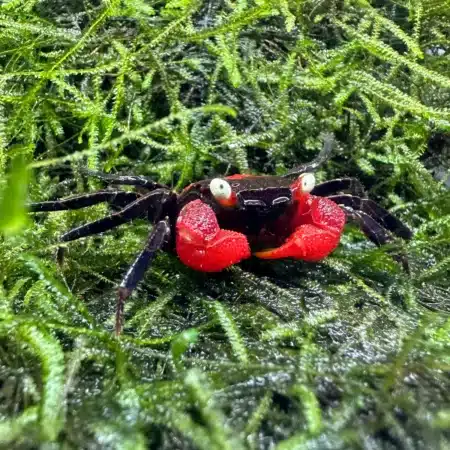 Red Devil Vampire Crab - Geosesarma Hagen - Decapod Crustacean
Red Devil Vampire Crab - Geosesarma Hagen - Decapod Crustacean 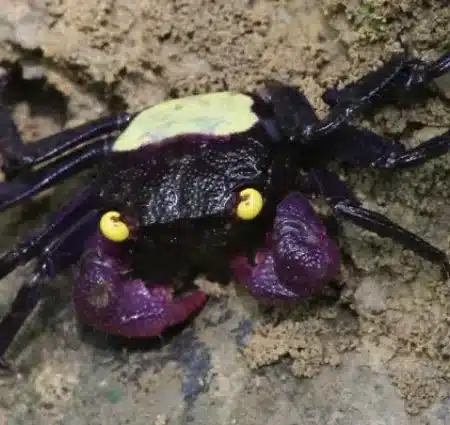 Golden Eyes Vampire Crab - Geosesarma Sp. - Decapod Crustacean
Golden Eyes Vampire Crab - Geosesarma Sp. - Decapod Crustacean 







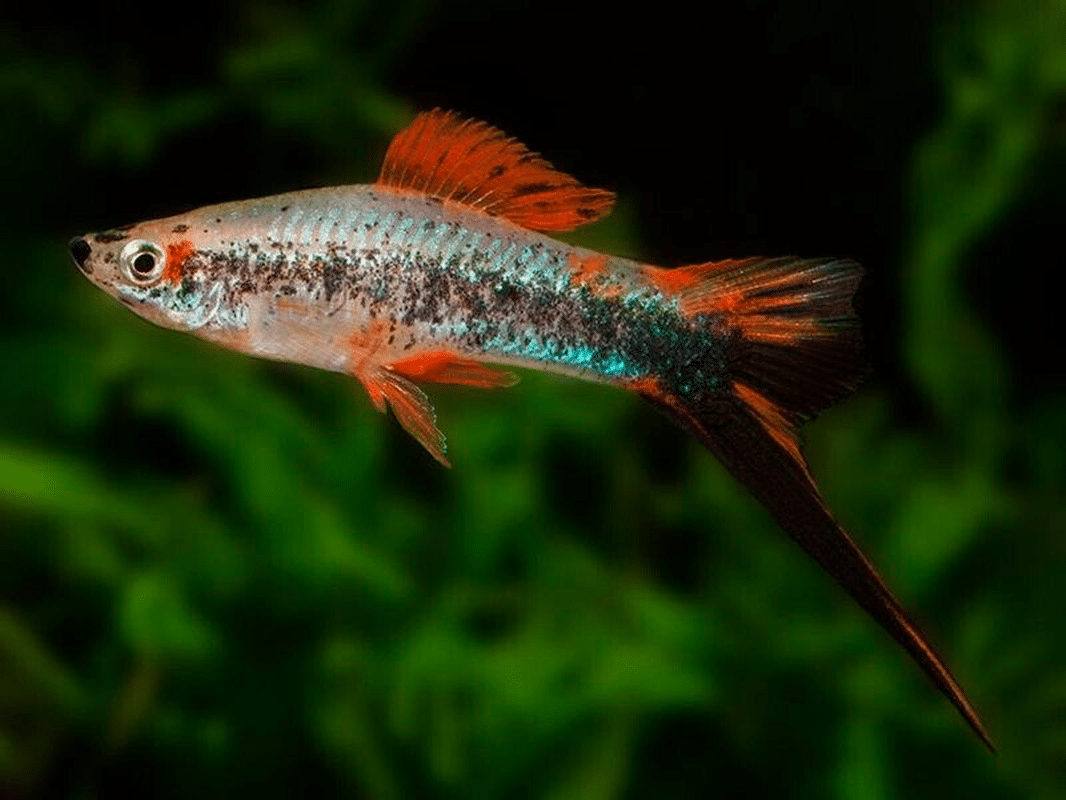
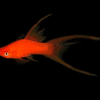





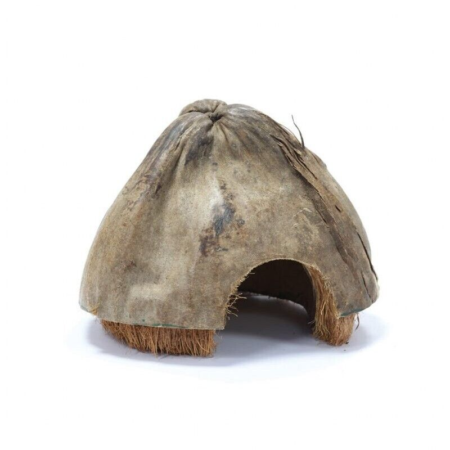
Emily Carter (verified owner) –
I recently added 10 Green Tuxedo Swordtails to my 55-gallon planted tank, and I couldn’t be happier! After a week of close observation, these beautiful tropical fish have settled in wonderfully and are thriving. Their vibrant colors and gentle temperament make them a perfect addition to my community tank. I especially love how they showcase a blend of elegant greens and black, which adds a stunning visual contrast to my plants.
Compared to other livebearers I’ve kept, these swordtails are notably more active and social. They interact well with my other fish and are quite curious, often exploring every nook and cranny of their environment. I appreciate that they are such hardy freshwater fish, which makes them a fantastic choice for both beginners and experienced aquarists alike.
One small concern was their initial shyness when first introduced, but after a few days, they became more outgoing! I recommend ensuring they have plenty of hiding spots and open swimming space. Overall, these swordtails are a joy to watch and care for, and I would definitely recommend them to anyone looking to liven up their aquarium!
Happy fish-keeping!
Emma Reynolds (verified owner) –
I recently purchased 10 Green Tuxedo Swordtails, and I couldn’t be happier with my decision! As an experienced hobbyist, I know quality when I see it, and these tropical fish have exceeded my expectations. They arrived in great health, and their vibrant colors have truly transformed my community tank. After about two weeks, I noticed they’ve settled in wonderfully, swimming harmoniously alongside my other peaceful aquarium friends.
What sets these swordtail fish apart from others I’ve kept is their playful nature and stunning appearance. They’re not only beautiful but also very social, which makes for a delightful viewing experience. They’ve been easy to care for and thrive on the quality fish food I provide, making them perfect for anyone looking to enhance their aquarium.
One minor concern was that one of the fish was a bit shy at first, but after a few days, it joined the group, which was a relief! For anyone considering adding some life to their tank, I wholeheartedly recommend these livebearers. They’re perfect for community setups and add a splash of color and joy to any aquarium.